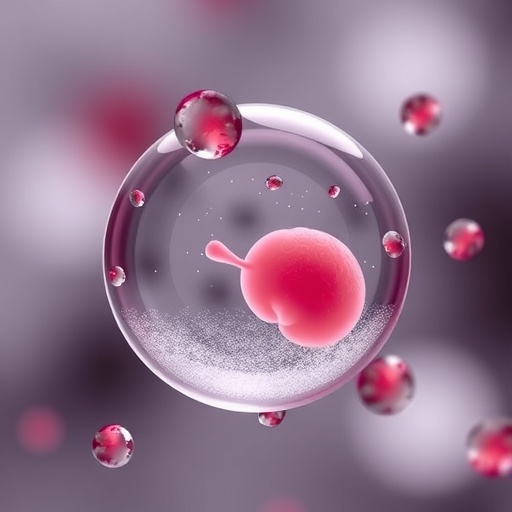
Credit: Mattias Pettersson
A number of brain areas change their activity before we execute a planned voluntary movement. A new study by Umeå University identifies a novel function of this preparatory neural activity, highlighting another mechanism the nervous system can use to achieve its goals.
Voluntary movements are prepared before they are executed. For example, such ‘preparation’ occurs in the period between seeing a coffee cup and starting to reach for it. Neurons in many areas of the brain change their activity during movement preparation in ways that reflect different aspects of the goal, such as the intended movement direction.
It is well-known that preparation improves reaction time and the overall quality of movements, but it has been unclear how preparatory brain activity gives rise to improved motor performance. There have been no evidence of goal-related preparatory changes in muscles. However, a new study from Umeå University has identified a specific preparatory neural mechanism that can lead to improved motor performance.
“Our study demonstrates a preparatory change in the sensitivity of muscle spindle receptors and the motor reflexes they enable”, says Dr. Michael Dimitriou who headed this study and is a Research Fellow at the Department of Integrative Medical Biology of Umeå University.
Muscle spindle receptors or “sensors” normally measure the amount of stretch in a muscle. Spindles also supply the signals that trigger and shape stretch reflex responses. In contrast to other receptor types in muscle and skin, muscle spindles have their own motor or ‘fusimotor’ supply. That is, the nervous system itself can adjust the sensitivity of muscle spindles independently.
“By modulating the sensitivity of spindles and stretch reflexes during preparation, the nervous system can adjust muscle stiffness independently of concurrent muscle force”, says Dr. Dimitriou.
Muscle stiffness refers to the mechanical resistance of muscle to being stretched. Muscle and joint stiffness is a critical parameter for motor performance and successful interaction with our environment. Too much or too little stiffness can be detrimental to motor performance. For example, too much muscle stiffness is a hallmark of spasticity disorder.
“When preparing to reach in a particular direction, we found that reflex sensitivity and muscle stiffness is selectively decreased in muscles that are about to stretch. To facilitate reaching the goal, the nervous system seems to independently modulate the ‘breaks’ in an advantageous manner before initiating movement” says Dr. Dimitriou.
“Beyond its role in movement preparation, the independent control of sensory receptors may be another way in which the nervous system routinely exerts goal-dependent control, in addition to the top-down control of muscle force and the selective processing of sensory signals. A better understanding of human sensorimotor function can inform new technologies in other areas, such as prosthetics and robotics control.”
###
Media Contact
Ola Nilsson
[email protected]
Original Source
https:/
Related Journal Article
http://dx.





